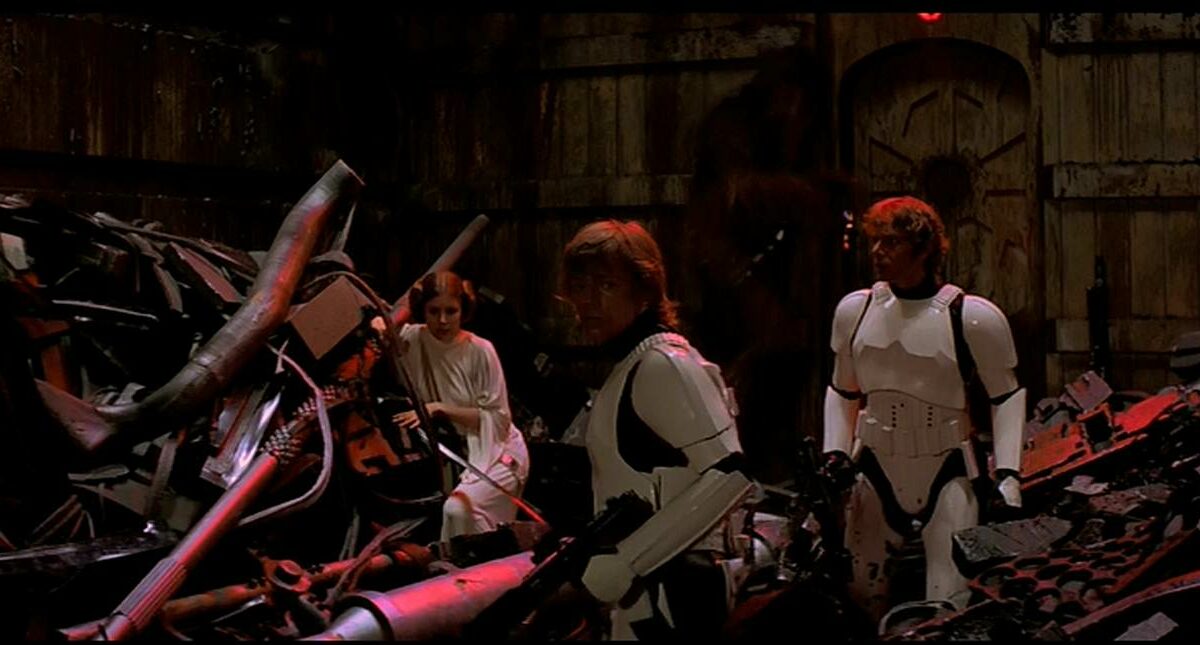What happens when employees see changes unfold and decisions get made without access to a clear story about what’s going on?
In the absence of such a story, they will make up one that best explains these events. And these stories typically don’t serve an organization well. For example, let’s say that an executive team announces a 20 per cent reduction in spending. Left to work out the context of the decision themselves, the employees start telling a story about how the leaders have mismanaged the company and the workers may as well leave now because they will be fired shortly anyway. But in fact, the leaders see the cost reduction as a temporary adjustment: they expect more growth within three quarters. And they can’t afford to lose anyone because they will need an experienced workforce to meet future demand. These leaders should have used a clarity story to explain the reasons for their decision and what they see happening in the future.
In the late 1970s, Ellen Langer and some colleagues at Harvard University showed in a simple experiment just how powerful reasons can be. At the Harvard library there was a single photocopier that always had a line of people waiting to use it. For the experiment, Langer’s colleagues would walk to the front of that line and ask to cut in. If they said it was ‘because I’m in a rush’, 95 per cent of the time the people in the line said yes. But if they gave no reason, only 60 per cent of those queuing said yes. Interestingly, if the researchers gave a bogus reason but still used the word ‘because’, 93 per cent of the people in the line still said yes. Human beings like reasons, and the clarity story gives people a reason in the most powerful and digestible format possible.
The clarity story has a simple four-part framework:
Part 1 ‘In the past…’ (how things were before the change happened)
Part 2 ‘Then something happened…’ (the event/s that caused the problem or opportunity)
Part 3 ‘So now…’ (the decision/s made to counter the problem or take advantage of the opportunity)
Part 4 ‘In the future…’ (the likely outcome).
Say that as part of a new business strategy, the leader of a bank decides to call their branches ‘stores’. And instead of branch managers, they appoint store managers, and so on. A couple of years go by and a new leader is appointed. They switch the language back to branches and branch managers. Well, without a clarity story, the bank’s employees will be confused. Why did the bank switch back to the old names, especially considering the expense involved in returning the branding to what it was before? Couldn’t that money be put to better use?
The bank’s senior leaders needed to tell a clarity story, something like this:
In the past the bank got set in its ways and we only compared ourselves to other banks. We weren’t being stretched. So we changed our strategy and compared ourselves to retailers, and to help us do that we renamed our branches ‘stores’. This change really encouraged our store managers to get out and see how other retailers make a difference. It was a tremendous success. Our stores were transformed and we came up with new ways of working. Most importantly, a new attitude to our work emerged.
Then something happened. We started to hear in the field that our customers were uncomfortable with the new language. When investing big dollars with us, they didn’t want to deal with a store manager. They wanted the branch manager back. We realized that calling ourselves stores helped us enormously, but it wasn’t helping our clients. And in this competitive market we need to be totally focused on our customers.
So now we’re changing back to branches and branch managers and we will switch all of our branding to match. We understand this will require significant resources to make it happen, and yes, we can all think of a million other things we might use that kind of money for. But at the end of the day, customer experience has to be at the top of our list.
In the future we will get even greater customer satisfaction, which will be the core of our long-term success. And as it turns out, many of you were happier with the original terminology anyway so this will be widely welcomed by your colleagues.
As you get comfortable with the clarity story structure, signposts like ‘In the past’ and ‘Then something happened’ can be replaced by language that comes naturally to you. Just ensure that the structure remains intact. As you know, you will only get the benefits of storytelling if you tell a story. I’ve had leaders say things like, ‘Hey, the outcomes are the most important part of this story. We should put them up the front’. Unfortunately, when you do that, it’s no longer a story. It’s just an argument.
Remember: a story is a set of events where the listener wants to know what happens next. You need to spark their interest by starting with the context, then something happens that causes a change, and then there’s an outcome. That means telling this as a story.
Contributed to Branding Strategy Insider by: Shawn Callahan. Excerpted and adapted from his book Putting Stories To Work.
The Blake Project Can Help: The Strategic Brand Storytelling Workshop
Branding Strategy Insider is a service of The Blake Project: A strategic brand consultancy specializing in Brand Research, Brand Strategy, Brand Licensing and Brand Education




